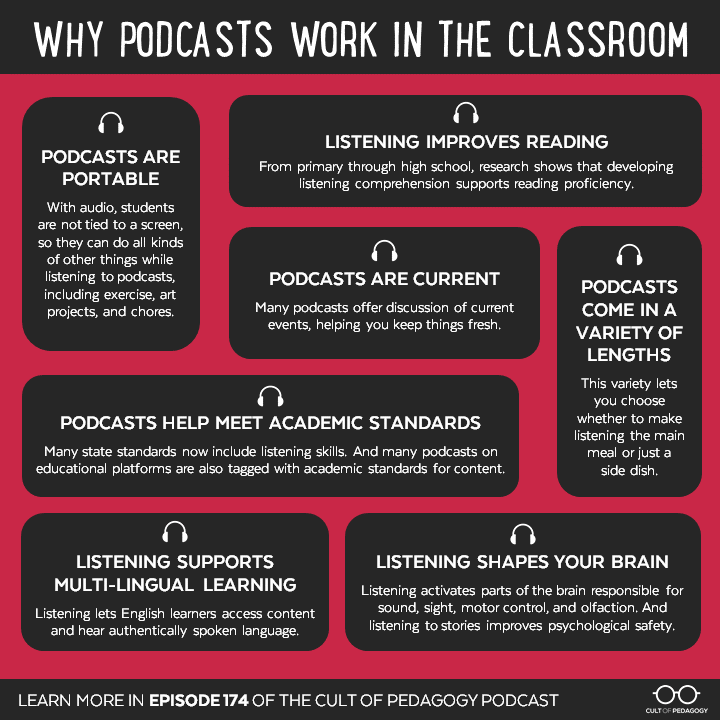Risk-taking is part of innovation.
Plus, teachers don't want to fail when the well-being of learners is at stake.
But innovation doesn't happen without risk.
So how do we, as teachers, find the balance between soul-crushing perfectionist behavior and failure?
Recently, GPS educators from around the district met and talked about how scary it was to take risks and try something new, but also how powerful those risks were in terms of their growth as professionals. Blended learning techniques like playlists, incorporating new stations like VR, or using new tools all took time to plan--time that they were afraid might be wasted. Part of what made it work, they said, was planning--often with other teachers, for both time-saved and moral support--and being comfortable with embracing something that was less than perfect, knowing that they would learn what worked.
This aligns with what educators call the power of "
teaching in Beta" and
settling for B+ work. You cannot get a 100 on every task--who among us has never cooked a not-so-great meal or missed a spot when cleaning? Dr. Angela Watson reminds us that "perfect is the enemy of done":
If we make a
task into something that’s hard work — something that feels like it’s going to
be outstanding — that often makes the task feel overwhelming. It becomes
something we build up in our heads: B+ work is not going to be good enough; a
little effort will not suffice. This must be amazing! It must be mind-blowing!
It must be as close to perfect as I can get it!
When
we think this way about a task, working on it becomes very daunting. We raise
the stakes and start to feel overwhelmed. Then we procrastinate, or fail at it
and don’t meet our own expectations.
PBL expert professor John Spencer agrees that expecting things to go perfectly is the enemy of innovation, which requires iterations to grow. He advocates embracing the idea of viewing new lessons, projects, and teaching practices as being in "beta" form, like a new piece of software:
It’s the idea that you release your work in beta, knowing that it’s not perfect and perhaps it’s not even very good at all. However, you’re going to send it to an audience so that they can see it, experience it, and play around with it to let you know what you should do to improve it. This feedback leads to self-reflection, where you ultimately change your design and then release a new version. As you move through multiple iterations, you eventually reach a place where your work is pretty good. Eventually, it’s great. But you never stop creating those iterations. You always experiment.
With this in mind, we urge you to give yourself permission to aim for a B+. It doesn't have to be perfect, and it will require reflection, but it's the only way to grow.




